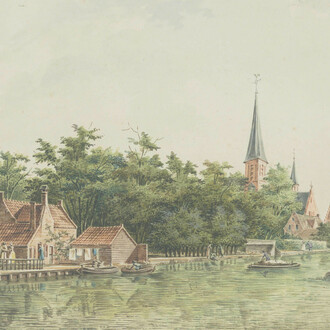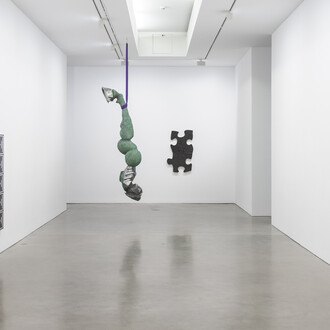It is impossible to imagine the cultural history of Europe without the carpets and tapestries produced by Islamic cultures. They attest to the continual cultural dialogue between Europe and the Near and Middle East, and form a particular focus in the permanent exhibition of the Museum für Islamische Kunst. Through a redesign of the exhibition rooms, these vivid carpets and tapestries now invite guests to experience the origins and history of the collection with all their senses, and to catch a glimpse of current work being carried out on the carpets.
The exhibition features some of the oldest pieces in the collection, originating from the estate of the founder of the museum, Wilhelm von Bode. His interest in Islamic art as an independent art form that was equal to that of Europe was the original impetus for this collection, which even today remains a rarity, including carpets and tapestries from present-day Turkey, Iran and the Caucasus.
For the first time, this exhibition displays textiles that were damaged by fire during the hail of bombs that rained down on Berlin in 1945. The destruction of important Persian carpets in that year was a heavy loss for the collection. One of the fragments featured is the Persian carpet from the sixteenth century that in 1904 was assigned the inventory number “I.1”, identifying it as the first work of art in the collection. Another highly characteristic item is the Caucasian dragon rug from the sixteenth century, which exhibits burn damage over its entire length of six metres. A fragrance station with a specially created scent redolent of charred wool, fire bombs and chemicals makes the losses of this era palpable to the visitor. And with models that teach weaving techniques, visitors are able to get a first hand experience of how these fabrics are formed.
The measures employed to preserve the carpet and tapestry collection in the post-war era will be juxtaposed with today’s efforts, which conform to the current ethics of conservation and scientific and scholarly demands.
This exhibition is made possible by the support of Alwaleed Philantrophies.
















